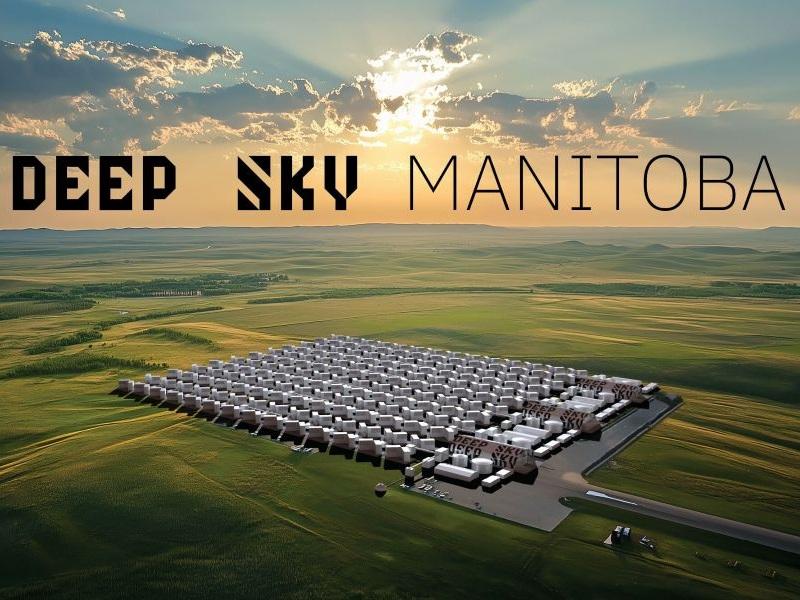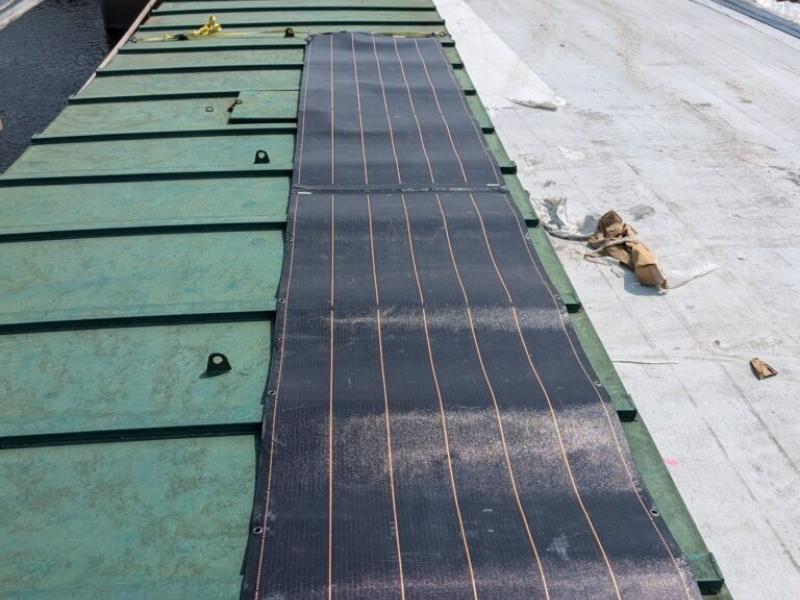
Sustainable Minds is adding a new feature – Project Builder and Library (PBL) – to its state-of-the-art Transparency Catalog to further facilitate the planning, design and construction of low-carbon buildings.
Following the successful completion of the beta testing phase of PBL, Sustainable Minds says there is heightened industry demand for the platform.
This prompted the Brookline, Mass.-based company to publicly demo the new product to interested builders, manufacturers and the sustainable community at the 2023 Greenbuild International Conference + Expo in Washington, D.C. in September.
PBL upgrades the Transparency Catalog by offering building project teams – from early-stage design through the procurement and construction phases – the ability to identify and select the highest-performing low-carbon materials on the market.
"Since the Transparency Catalog launched in 2016, it has been the most comprehensive, curated source for AECOs (architects, engineers, construction companies and owners) to find all the brands investing in product transparency documentation for products available in North America," CEO and founder Terry Swack said in her prepared remarks.
According to Swack, the PBL platform represents "the first end-to-end collaborative workflow solution to operationalize product selection and close the gaps in workflow, data and tools between each stage of construction and revolutionize the end-to-end process for project teams."
Transparency Catalog provides comparative data
The Transparency Catalog is designed to serve as a pioneering cloud platform that aggregates carbon transparency disclosure data provided by manufacturers making products for the North American market.
When Sustainable Minds rolled out the platform in 2016, there were only 350 manufacturers around the world listed in the Catalog making products with transparency information for the North American market. Today, it comprises closer to 2,200 manufacturers and industry associations and is adding at least 20 new manufacturers every month.
Sustainable Minds' proprietary Transparency Catalog is a free-to-use building product information platform that provides a unique dual service at both ends of the construction process.
First, it allows architectural firms and and developers to make informed decisions as to the highest-performing building materials, a process that previously took days, months, or was impossible due to lack of carbon content data.
Second, it incentivizes manufacturers to improve the chemical profile and lower the carbon footprint of their products used in the construction sector to meet increasingly stringent green construction standards.
Transparency Catalog as go-to product guide
"We've learned that because we are the only platform that has a reliable process for aggregating this data in an easy-to-use and understandable way, almost everyone in the high-performance building sector uses the Transparency Catalog," Swack said in an interview with Sustainable Biz Canada.
"(The Catalog) makes it really simple to find the lowest embodied carbon products and now what's happening is that manufacturers (are feeling increasingly compelled) to publish their environmental product declarations."
"The whole point is to shine the light on those manufacturers investing in transparency, who are actually making higher performing products. We like to say that we're advocates for the manufacturer because that's how we'll ultimately get the building industry to transform," Swack said.
Master Format classifies EPDs and material ingredient disclosures
For example, by clicking on a specific product or material category in the Master Format section, architectural firms and project developers can source the type of insulation, window type, or gypsum board they require.
"Our company is the only one that has every environmental product disclosure (EPD) from every program operator in North America . . . the Transparency Catalog's Master Format section that acts like a Dewey decimal system for the building construction product industry," Swack explained.
"This is a big deal especially in the case of projects that are funded with public money. In the U.S., the contractor is generally required to provide bids from three manufacturers with equivalent products to the owner to make a decision. And that means the project team, the designers and specifiers have to identify three equivalent products from three manufacturers.
"In the past, finding equivalent products has been an enormous research challenge. But we've made it possible to do it in a single click because everything is organized by the master format section."
Swack believes the Master Format classification process further allows the Catalog to advance the goals of a sustainable construction sector.
PBL streamlines product research and procurement phases
Sustainable Minds' PBL tool is a solution that streamlines the process by which project teams are able to find and deploy lower carbon products into higher performing buildings.
"Project Builder & Library represents a significant new application layer to the Transparency Catalog. It merges the Catalog's robust, highly structured data set with a very easy-to-use collaborative workflow tool," Swack said.
One of the key advantages of PBL is that it saves valuable research and procurement time by giving project developers a permanent data base of product information from trusted manufacturers that is contained in the Library.
"Instead of having to repeat the research process on embodied carbon levels in products, architecture firms, in collaboration with the client, the contractor, or the subcontractor, can now build their own internal digital libraries of preferred products for selection in future projects," Swack explained.
Beginning in 2017 and 2018, Swack recalls Sustainable Minds experienced "a kind of hockey stick growth surge in transparency" and by 2021 transparency had simply become an essential element of the product specification process.
"Today, particularly in the case of manufacturers in several key sectors like thermal and insulation, interior finishes, metal, glass, and concrete, they need to have environmental product declarations and or material ingredient disclosures in order for them to see their products used in (building) projects.
"Our company will also be tracking the frequency with which manufacturers' products are getting selected and added to libraries and projects. And that data will be very valuable to manufacturers because they'll be able to see how we're connecting the dots with respect to transparency, documentation, and the frequency that their products are being considered," Swack said.
A "mission-driven" company
With the increasing emphasis on sustainability in new construction projects, almost every building or infrastructure project in the planning stages today must adhere to and rely on detailed product transparency data.
"We're a mission-driven company. When we first developed the Transparency Catalog, we knew that in order to get people to change what they believe in, you have to remove all the barriers to access. That's why we didn't put up a paywall – that would have made it impossible to drive adoption.
"We believed that the only way to move the needle and be in lockstep with the momentum in the sustainable building industry was to make the Catalog free to use and then provide tons of education."
Manufacturers can also pay for premium placement within the Catalog.
"Our overall mission is to operationalize environmental performance into mainstream product development and manufacturing and drive revenue and growth through greener product innovation."
Editor's Note: This story was edited after publication to correct the spelling of Transparency Catalog. Sustainable Biz Canada apologizes for the error.










